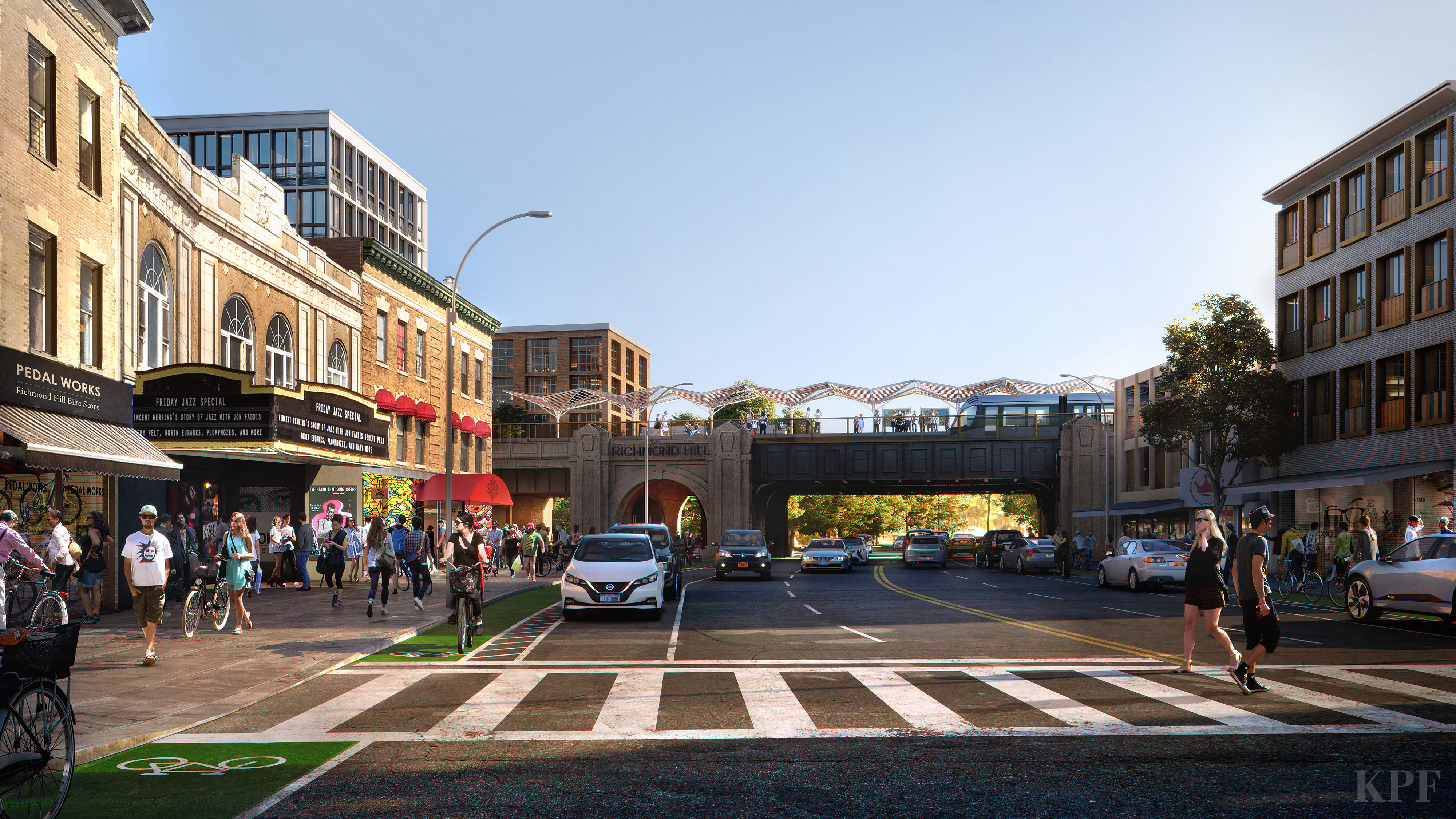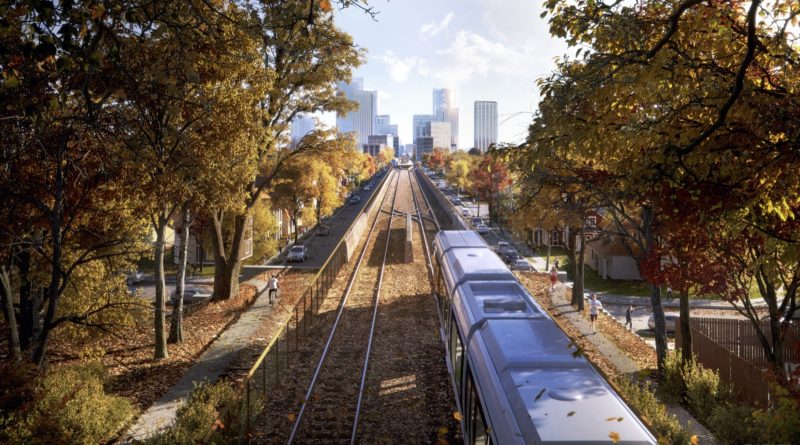Study Finds QNS Rail Feasible, With Challenges
To run passenger service, the QNS Rail would have to meet Federal Railway Administration (FRA) regulations because freight would operate on the same or adjacent tracks. If the equipment used for the rail does not comply with regulations, the QNS Rail would not be allowed to run at the same time as freight service.
The study concluded that the best option would be to use FRA-compliant rail cars. It also recommended using diesel-powered equipment, which would produce noise and diesel emissions, but would not require electric infrastructure like a third rail.
The Lower Montauk branch ran commuter service in the 19th century, but ridership plummeted after World War II. Service ceased in 1998 and was discontinued by 2012. Since then, the line has been leased to New York and Atlantic Railway, which provides freight service for industrial businesses into Long Island.
Despite the feasibility of bringing passenger rail, the study cites a number of challenges, most notably the price tag. One way to help pay for the high cost is using a method called value capture, which directs a portion of increased property values to pay for initial capital costs.
The rise in property values would be attributed to adding transit service, which attracts more people to an area. This financial model has been used in projects such as Hudson Yards, and has been pitched to fund the Brooklyn-Queens Connector (BQX) streetcar.
An initial analysis found that the rise in real estate value near five stations could produce $309 million in bonds, roughly 14 percent of the total projected cost. Of course, other zoning changes and higher density would be needed to support the economic growth.
Another way to help fund the project is by selling the “air rights,” or unused buildable floor area of a development. The study notes that this approach has been used to raise revenue for the MTA.
The project faces other technical challenges, such as right-of-way restrictions, overhead bridges and adjacent yard tracks. The conditions vary across the nine-mile track.
Ultimately, the study concluded that further evaluation on the engineering aspects, financing and other operational studies need to be conducted. Transportation officials previously estimated that it may take until 2025 or later to make the QNS Rail a reality.
“The QNS Rail would run through the fastest growing residential, industrial and transit hubs in all of Queens,” co-wrote Queens Chamber of Commerce CEO and President Tom Grech with Crowley in an op-ed for Crain’s. “It would give more options for New Yorkers in need of more transit. It would enhance existing businesses and expand opportunities to others. It is in the best interest of our communities, our borough and our city to put this proposal on the fast track.”





